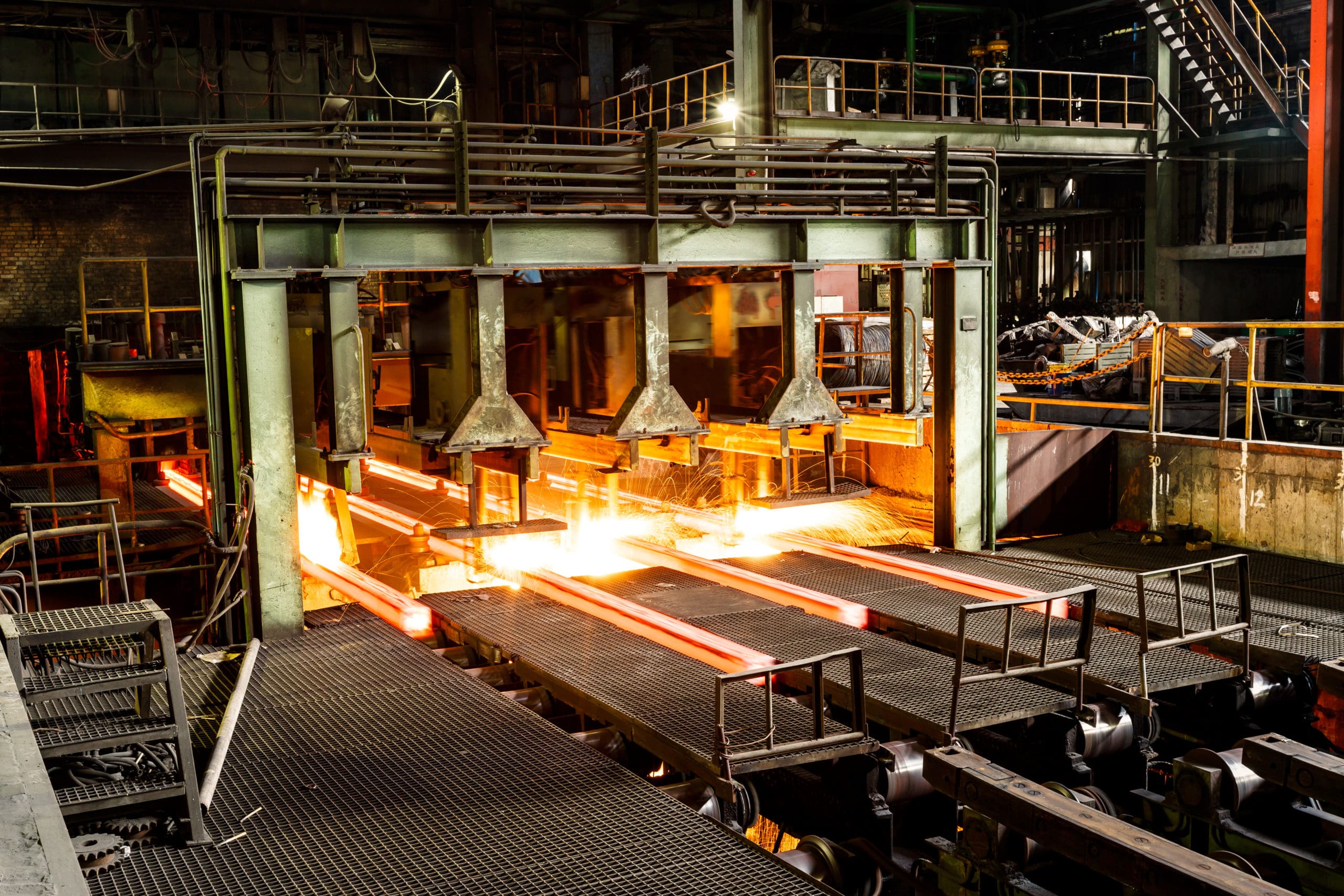
If you’ve been keeping an eye on the steel index, you know steel prices have been increasing. Prices in November of 2020 were 168% higher than in August of that same year. As prices have increased, the demand for steel remains high.
While we’ve finally reached a point in time where it looks like steel price increases might finally be slowing down, the recent rise in steel costs is still reflected across a number of different industries. Consider the number of industries that need steel to function – auto, construction, landscaping, energy, packaging, appliances – the list goes on. As steel prices have increased, so too have costs for companies across the world.
Until COVID-19 restrictions are no longer limiting manufacturing. it’s likely that steel prices will stay relatively high.
Why Are Steel Prices Increasing?
The reason for the increase in steel’s price is the same reason why prices for almost all metals have been rising for the past year: the supply isn’t meeting the demand. With businesses cutting their production down due to the pandemic, steel mills haven’t been producing enough material to match the needs of industries around the world. A limited supply pushes prices up, as businesses requiring steel to match their own production needs are willing to pay higher and higher prices. With supply meeting an all-time low recently, it’s no surprise that steel costs had an equal but opposite surge.
Steel prices will go one of two ways depending on how things play out. If production resumes pre-COVID levels, then it’s safe to assume that prices will drop accordingly as businesses are able to purchase from a number of different suppliers again. However, there is a chance that prices won’t drop to the point where they stood previously. There’s no telling precisely what the market will dictate.
What Industries Are Affected?
Many different industries need steel to function – we named a few of them earlier. However, let’s look at how limited access to steel can impact various industries in tangible ways.
Construction
Just like a carpenter needs wood, construction workers need steel to lay foundations and build girders and bridges. Steel also comprises the nails and screws necessary to keep walls and ceilings over our heads. While some construction sites have paused their work, there are many necessary jobs underway that require steel. As access to steel remains costly and limited, the construction industry can expect longer job times and more waiting on shipments. Obviously, the higher costs will make construction projects consider equipment and material costs with more scrutiny in order to balance out budget sheets.
Shipping & Packaging
Shipping industries are being affected by the steel price increases of the past few months. Producing shipping trucks and planes requires steel. It is also used in their replacement parts and the tools needed to perform repair jobs. Less access to steel is likely a reason why shipping costs are increasing around the world. The time needed to complete shipping jobs is seeing a parallel increase as well. The packaging industry also incorporates the use of steel in many different areas, including warehouse management and the equipment used in storage units and shipping vehicles. Transportation can be difficult when the vehicles used are made with materials experiencing a global shortage.
Medicine
The medical industry is a sprawling one that includes not only hospitals and emergency rooms, but dentist offices, healthcare clinics, first aid stations, veterinary institutions, and anywhere you might expect to find medical gear and medical professionals. Medical professionals need access to clean, precisely-made equipment that must be reliable. A number of medical instruments require steel, including scalpels, syringes, stethoscopes, and a myriad of other items. With a low supply of steel and other manufactured goods, we’ve seen hospitals experience a shortage of medical equipment.
Hidden Impacts
Steel prices impact many industries that you might not consider directly steel-related. This is because of the role steel plays at less obvious points in the supply chain, like equipment. Not only do we use steel for raw materials, but it’s necessary for many additional parts and services. For example, many industries use vocational trucks, heavy equipment, or industrial machinery in their operations. Steel is a component in all of this more ancillary equipment.
Avoiding Price Increases
One great way to get good deals on steel equipment, while the market is still priced high, is to find products produced before the rise in pricing. Don’t miss out on the limited inventory of new Load King trailers built just prior to increasing industry steel prices, exclusively available at Custom Truck One Source. Recognized for 2 consecutive years by Construction Equipment Magazine’s Top 100 list, Load King’s portfolio of lowboy designs leads the industry in payload capacities & deck height clearances. Contact us today to get the equipment that’s right for you!

